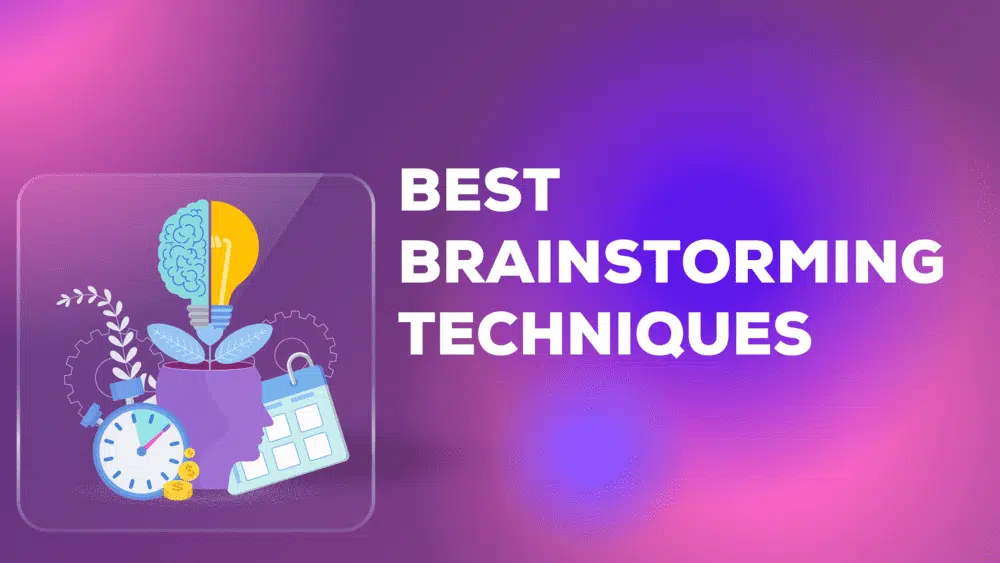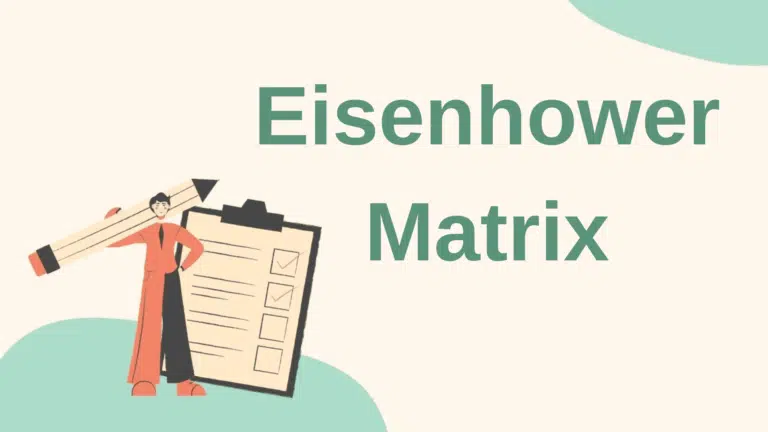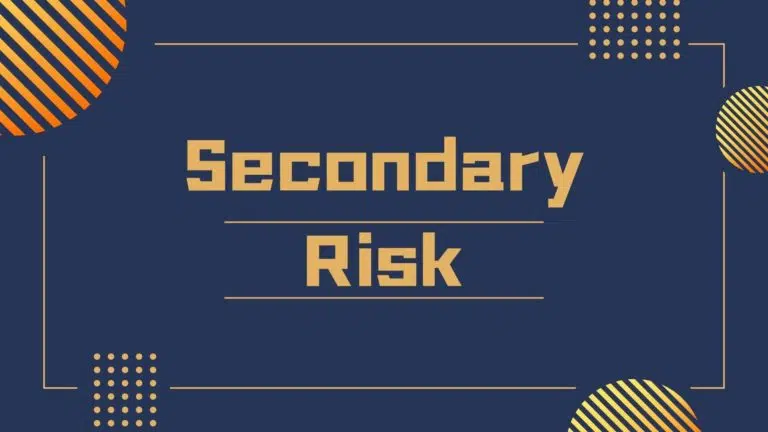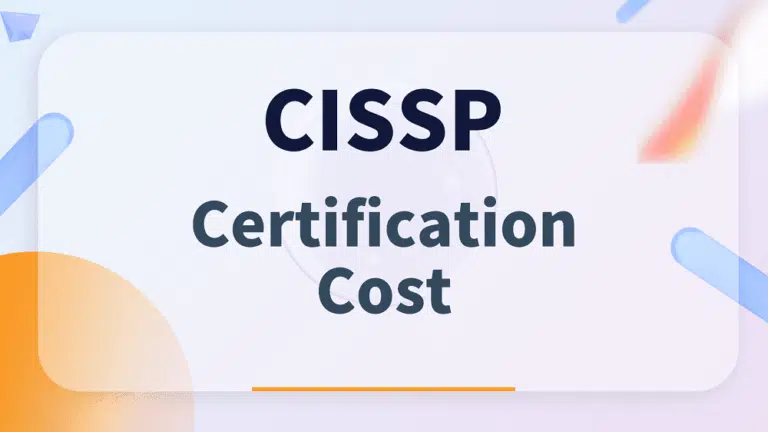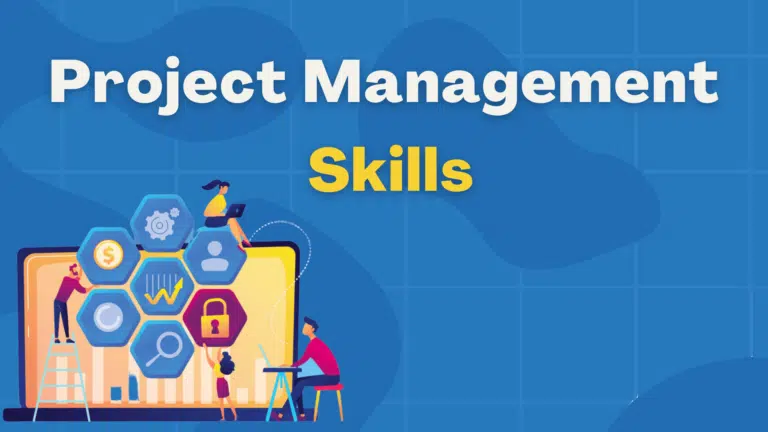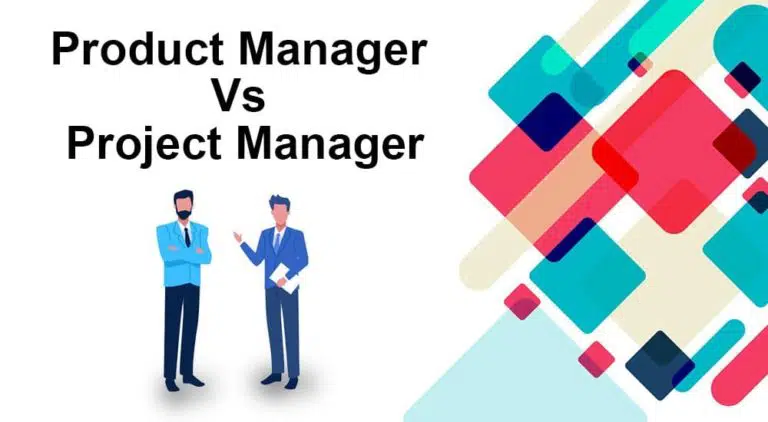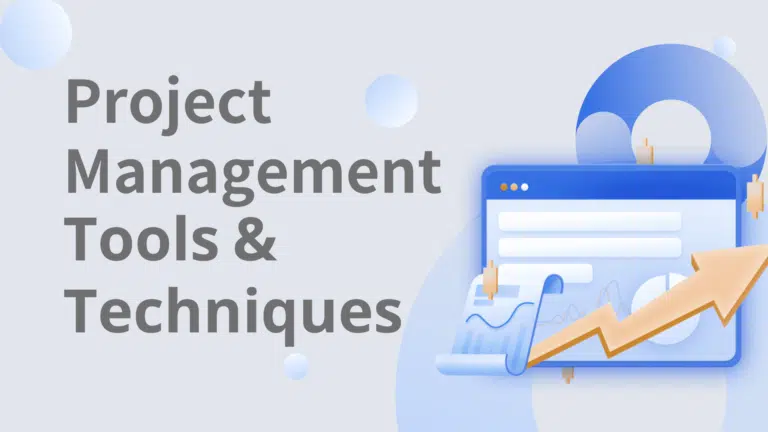Brainstorming is a commonly used technique in business environments and project management.
I have attended countless brainstorming sessions and used many brainstorming methods to discuss points and solve issues.
So, if you are looking for brainstorming techniques for your brainstorming session, you landed at the right place. In today’s post, we will discuss brainstorming and its various techniques.
First, let’s discuss what brainstorming is.
What is Brainstorming?
Brainstorming is a collaborative idea-generation technique and is key to team creativity and innovation. It involves bringing experts from diverse backgrounds and asking them to share their ideas on solutions to given problems freely.
Brainstorming sessions provide a lot more ideas than any other idea-collection technique. According to a study published in the journal “Applied Cognitive Psychology,” brainstorming sessions resulted in a 41% increase in creative idea generation compared to individual efforts.
A facilitator plays a key role in conducting brainstorming sessions. They must be unbiased and ensure all team members speak their minds regardless of their status and position. A study in the “Journal of Applied Psychology” reveals that the skill of the facilitator and group cohesion influence the quality of ideas generated in brainstorming sessions.
After the brainstorming session, the moderator will collect all ideas, group them according to similarities, and remove unworthy suggestions. Afterward, the facilitator will conduct another round of brainstorming sessions to refine the ideas further.
13 Popular Brainstorming Methods
Organizations have many brainstorming methods for getting innovative and creative solutions. These include traditional or non-traditional techniques. Non-traditional brainstorming tools include electronic and virtual brainstorming.
Now, let us delve deeper into brainstorming tools.
#1. Mind Mapping
The mind-mapping technique was popularized and developed by British author and educational consultant Tony Buzan. He introduced mind mapping in the 1960s as a tool to visually organize information and enhance creative thinking.
Mind mapping is a popular visual brainstorming technique to collect ideas. In mind mapping, you write the problem’s “key phrase” at the center, then write the ideas around the “key phrase,” and finally connect the ideas with the “key phrase” using lines.
Mind maps have no fixed structure; they are unique—and drawing them is fun!
#2. 5 Whys Analysis
The 5 Whys technique is often associated with the Toyota Motor Corporation and its development within the Toyota Production System (TPS). Taiichi Ohno, a key figure in the development of TPS and considered one of the fathers of Lean Manufacturing, is often credited with introducing the 5 Whys as a problem-solving tool in the 1950s.
In this brainstorming method, you will ask “why” five times, which will allow you to discover the root cause of the problem. The 5 Whys is an information technique that involves asking questions multiple times. Usually, you will discover the root cause of the problem within 2-3 Whys. In rare cases, you may need to ask all 5 Whys.
#3. Brainwriting
In this nonverbal brainstorming method, you ask each group or participant to anonymously write their ideas on sticky notes and pass them to the attendees sitting on the right or left. Then, he will add his point or build up the ideas further and pass this slip to the next sitting person. Each idea will go through all participants, and the round will be completed.
At the end of the session, you collect all ideas, group them, and discuss them further. Writing on paper anonymously avoids providing anchoring ideas and biases, and participants can provide their feedback without any fear.
It is a better brainstorming technique than verbal brainstorming. A study in the “Journal of Product Innovation Management” demonstrated that brainwriting sessions yielded 20% more ideas than verbal brainstorming sessions.
#4. Starbursting
Starbursting is a brainstorming method that asks five questions. Imagine a star with a central question, like “What should our new project include?”
Each point on the star represents a question:
- Who?
- What?
- Where?
- When?
- Why?
- How?
Participants will then generate questions related to the central idea. For instance, “Who will be involved?” or “How will it benefit users?”
By answering these questions, a thorough understanding of the topic emerges, aiding in idea generation and decision-making. Starbursting encourages exploration from various angles, promoting a comprehensive approach to problem-solving and creative thinking.
#5. Round-Robin Brainstorming
In this technique, you ask attendees to sit in a circle. You will ask a question and provide a solution, then ask all participants to provide an alternate solution. During the session, you will ensure that all attendees provide their input.
You can use this brainstorming technique when you have a small number of participants who are hesitant to provide feedback. The moderator must ensure that all attendees get the same attention and provide feedback. If someone provides similar feedback, then they must provide a different idea.
#6. E-Brainstorming
Electronic brainstorming allows people to share and generate ideas using computers. Instead of traditional in-person brainstorming, where everyone talks simultaneously, electronic brainstorming lets attendees contribute ideas simultaneously through a digital platform.
Participants input their thoughts, and the system organizes and displays them for the group to see. This method promotes equal participation, encourages diverse perspectives, and allows an efficient and inclusive idea-generation process. Electronic brainstorming uses the power of technology to enhance collaboration and creativity in a structured and organized manner.
A meta-analysis published in the “Journal of Applied Psychology” compared the effectiveness of traditional brainstorming with electronic brainstorming. The study shows electronic brainstorming results in a 34% increase in idea generation.
#7. Gap Analysis
Gap analysis is also known as “gap filling.” In gap analysis, you define your desired state, then you find the gap between your desired state and the current state, and finally, you ask how you can reach your desired state.
You can use visual methods (e.g., flowcharts and mind maps) to find solutions. For instance, you can create a chart. At one end, you can keep the current state; on the other end, you can keep the desired state. Afterward, you can ask attendees to provide ideas on how to reach the desired state.
#8. Reverse Brainstorming
In traditional brainstorming methods, you have a problem and ask participants to provide a solution. While in reverse brainstorming, you do the opposite. You ask participants to provide causes for the problem.
All responses are recorded, and you group similar ideas for further discussion. Sometimes, this is a better way to find the cause of the problem and solve it once and for all.
#9. Delphi Method
The Delphi method was developed in the early 1950s by Olaf Helmer and Norman Dalkey at the RAND Corporation, a research organization in the United States.
The Delphi method is a great brainstorming method to reach a consensus on a topic. Participants share their opinions anonymously through multiple rounds of questionnaires. After each round, a facilitator summarizes the responses and circulates them to the group, allowing members to adjust their opinions based on the collective input.
This process continues until a convergence of opinions is achieved. Anonymity helps reduce bias and provides innovative ideas.
The International Journal of Forecasting published research showcasing that the Delphi method outperformed traditional brainstorming, leading to more accurate and reliable solutions.
#10. SWOT Analysis
SWOT analysis is credited to Albert S. Humphrey, who led a research project at the Stanford Research Institute (SRI) in the 1960s and 1970s. Humphrey and his team developed the SWOT analysis to assist corporations in strategic planning.
SWOT stands for strength, weakness, opportunity, and threats. SWOT analysis is a brainstorming tool that evaluates the Strengths, Weaknesses, Opportunities, and Threats of a project, idea, or business.
It identifies internal strengths and weaknesses (e.g., skills and resources), as well as external opportunities and threats (e.g., market trends and competition). Attendees find factors in each category to gain insights into the overall situation. SWOT analysis provides a comprehensive understanding of the current state and potential areas for improvement or growth.
#11. Brain Netting
Brain netting is a virtual brainstorming technique. Here, participants participate in brainstorming sessions using virtual collaboration software.
This method ensures anonymity, reducing bias and encouraging open expression. The shared ideas are then organized and presented to the group, facilitating collaborative refinement. Brain netting connects individual contributions to form a cohesive brainstorming outcome.
As organizations increasingly embrace technology, virtual brainstorming has gained prominence. A report by McKinsey & Company shows that companies leveraging virtual brainstorming tools experienced a 25% reduction in project timelines.
#12. Rapid Ideation
Sometimes, attendees can provide better ideas under pressure. Here, you set a limit for each team member, and they must provide the best ideas within this fixed limit.
It is a quick and energetic brainstorming approach aimed at generating a multitude of ideas in a short time. Participants engage in a fast-paced exchange of thoughts, encouraging spontaneous and diverse contributions. The emphasis is on quantity over perfection, stimulating creative thinking without extensive analysis.
Rapid ideation values the swift exploration of possibilities, allowing for a dynamic and energized brainstorming session. The goal is to create a large pool of ideas that can later be refined for further consideration.
#13. Change of Scenery
Sitting in the same room with the same attendees sometimes dulls the atmosphere, and participants won’t feel motivated to provide their innovative and creative ideas.
Taking attendees outside to a beach, park, lunch, or another meeting hall can provide fruitful results in such situations. The change in scenery can help attendees think differently and provide better ideas.
How to Choose the Right Brainstorming Method
You should select the brainstorming method based on the session’s purpose and your team’s behavior. If your team members are bonded and know each other, you can have traditional, verbal brainstorming sessions, during which everyone can provide feedback in a friendly environment.
However, if you have a session where many attendees don’t know each other, they may not provide their ideas freely. In that case, you can use brainwriting or the Delphi technique, in which participants can provide feedback anonymously, without fear, and no one can control their feedback.
You will use electronic or virtual brainstorming if your participants live in different geographic locations.
Summary
Brainstorming is an informal technique conducted in a friendly environment. There are many brainstorming techniques that you can use in different situations. In the above article, I have provided 13 brainstorming methods that you can select and use for your brainstorming workshops.

I am Mohammad Fahad Usmani, B.E. PMP, PMI-RMP. I have been blogging on project management topics since 2011. To date, thousands of professionals have passed the PMP exam using my resources.

